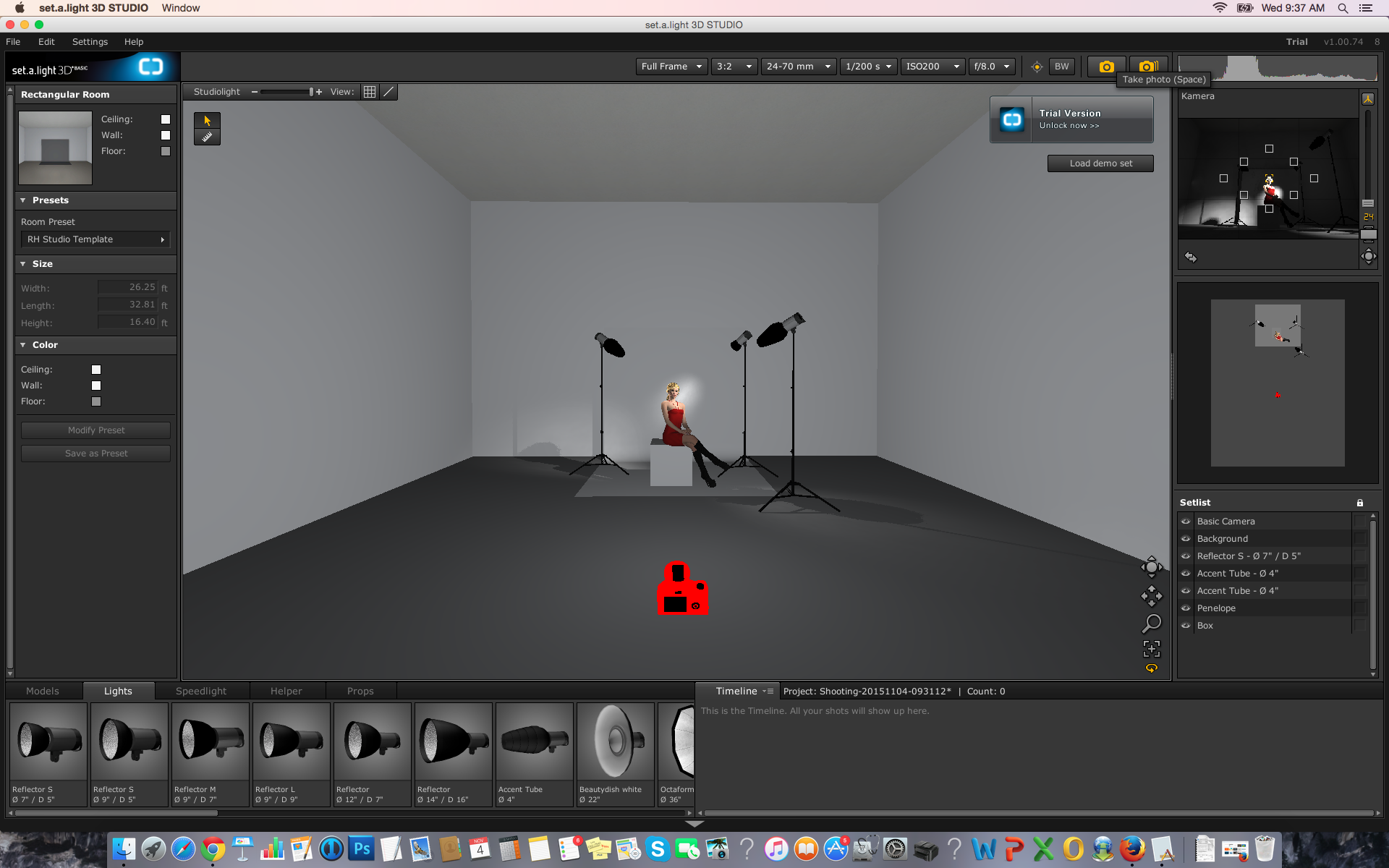
The forbs we sometimes call a "weed" allows the plant community to succeed.
Cyberlink powerdirector 14 features how to#
If this network below ground facilitates the transfer of nutrients that are taken up from a forb (that many would call a "weed") and it shares with a grass that cattle readily graze, why would it be removed from the system? It's interesting to read publications that discuss how diverse mixes should be used in cover crop plantings and in the same publication advise how to kill your cover crop, now called weeds, in the native rangeland so we can have just grass. It was also noted that Indiangrass was the stronger competitor for the phosphorus. It was found that when either plant was the donor, phosphorus showed up in the receiver plant. Research by Wilson, Hartnett, & Rice (2006) specifically looked at tracing phosphorus in Indiangrass ( Sorghastrum nutans) and Lousiana sagewort ( Artemisia ludoviciana). Studies have shown nutrient transfer in plants being facilitated by a mycorrhizal mycelial network. Grass and forb roots are different in their root structure, rooting depth, the root exudates, and the symbiotic relationships with microbes they make.

In some instances, there are times that cows don't eat a particular forb species, but a look below the soil surface tells the whole story. Diversity in our rangeland and pastures is just as important. Often the mixture outcompetes the monoculture plots in production. Several cover crop trials have been completed where plants were grown as a monoculture and then as a mixture of those same plants. One of the key principles discussed is plant diversity. Soil health is the talk in many agriculture publications. That begs the question, "Who would purposely spend money to remove 25 percent of their livestock's preferred diet?" The forbs we sometimes call a "weed" are actually feed. Some key native forbs selected were heath aster ( Symphyotrichum ericoides), dotted gayfeather ( Liatris punctata), and purple prairie-clover ( Dalea purpurea). By October, when the grass was more mature, the cow's diet shifted to approximately 75 percent grass and 25 percent forbs. The cow's diet in June when the grass is lush consisted of approximately 85 percent grass and 15 percent forbs.

In Chautauqua County, a study on the subject of grazing cows on native grassland done by Preedy et al. "What do cows eat?" is a question I ask grade school students at field events and the resounding answer is, "grass!” Yes, but cows are picky as to what types of grass they'll graze and actually consume a fair amount of "weeds" or "forbs" (native broadleaf plants) as the grazing season progresses.

In a grazing land setting with cattle as the grazer, if it isn't grass, a lot of producers will call it a weed, even if it is native. These targeted native plants that so many call a "weed" might be wonderful! I know you’re thinking, "Did he just say weeds are wonderful?" Yes, and I'll tell you why. Passion is a great thing when targeted towards a true "weed" that is invasive to an ecosystem, but I often see plants that are native to the system be wrongfully targeted. Questions such as "What does it look like?", "Do livestock eat it?", and the more popular one, "What do you spray it with?" I'm amazed at how passionately some producers are about killing "weeds". Start a discussion about "weeds" and you’re likely to get several participants involved in a hurry. By Doug Spencer, Rangeland Management Specialist,


 0 kommentar(er)
0 kommentar(er)
